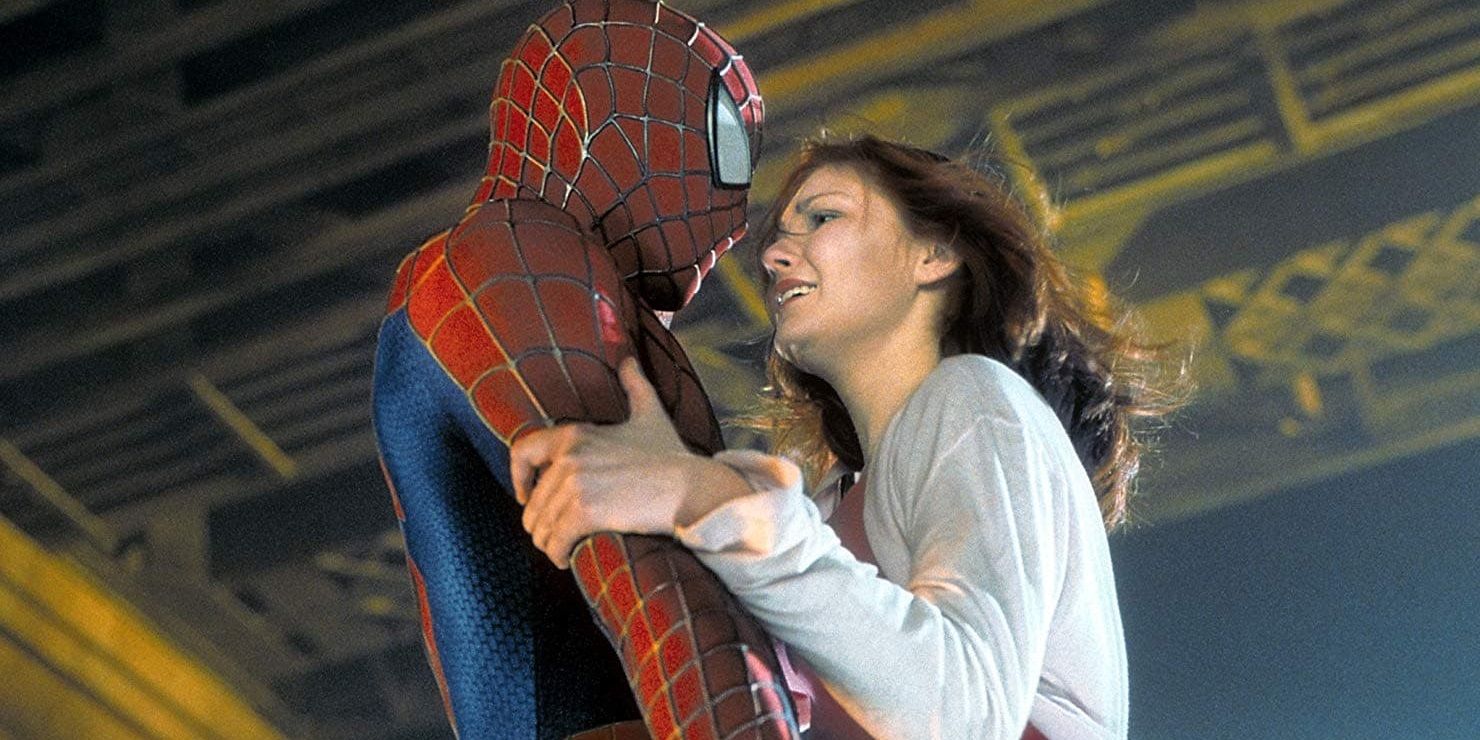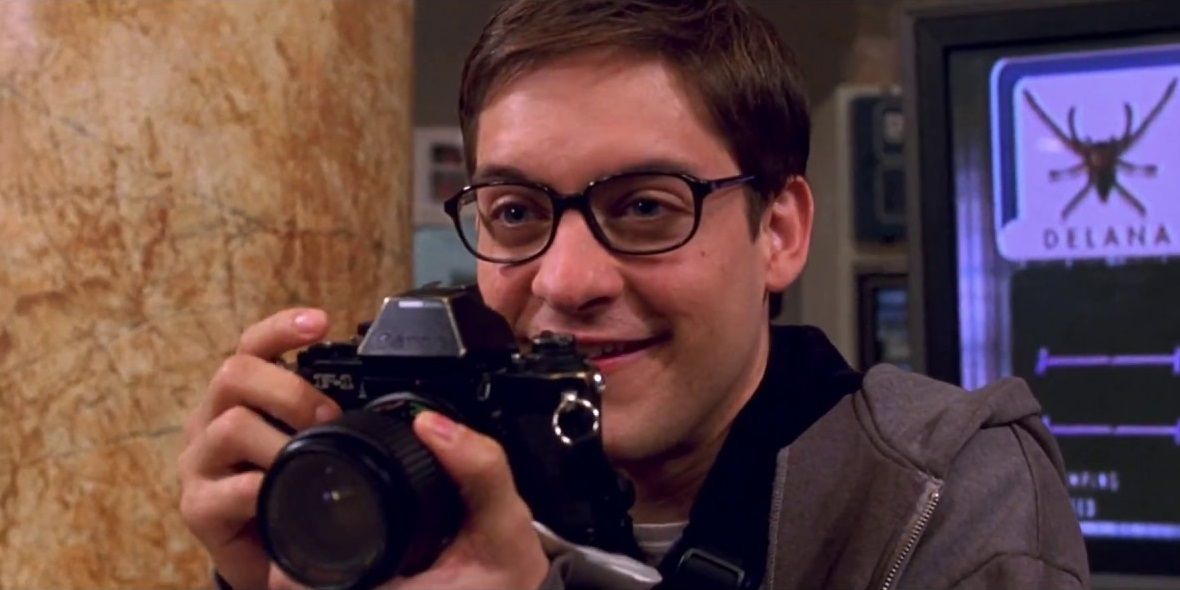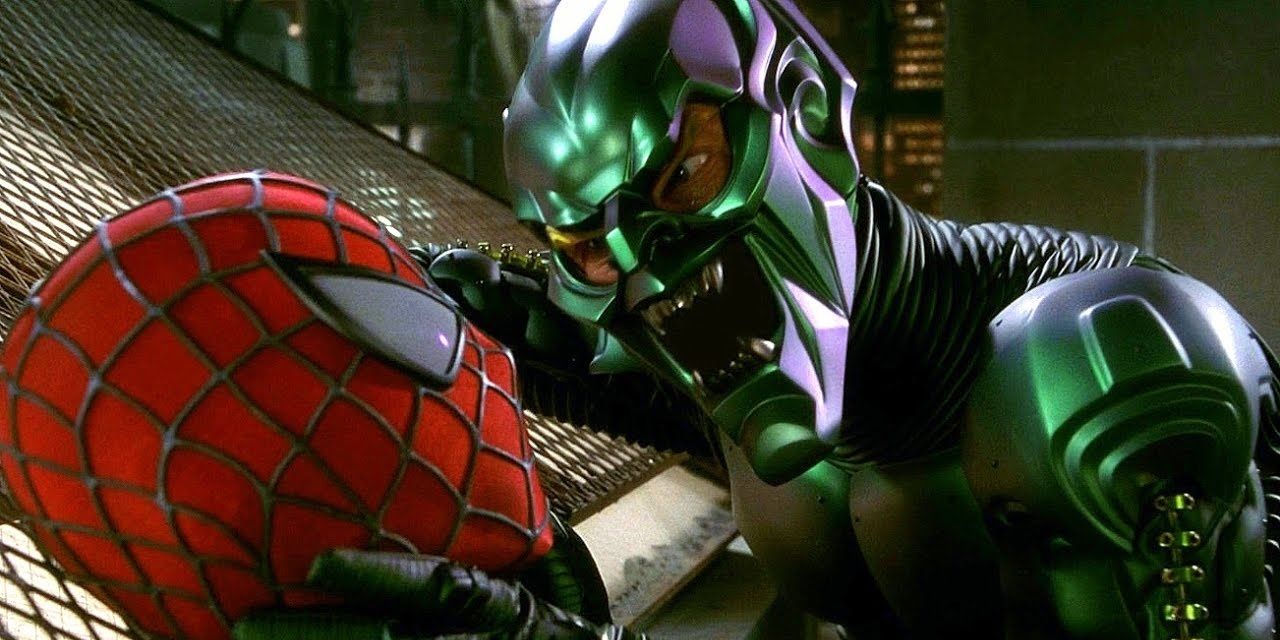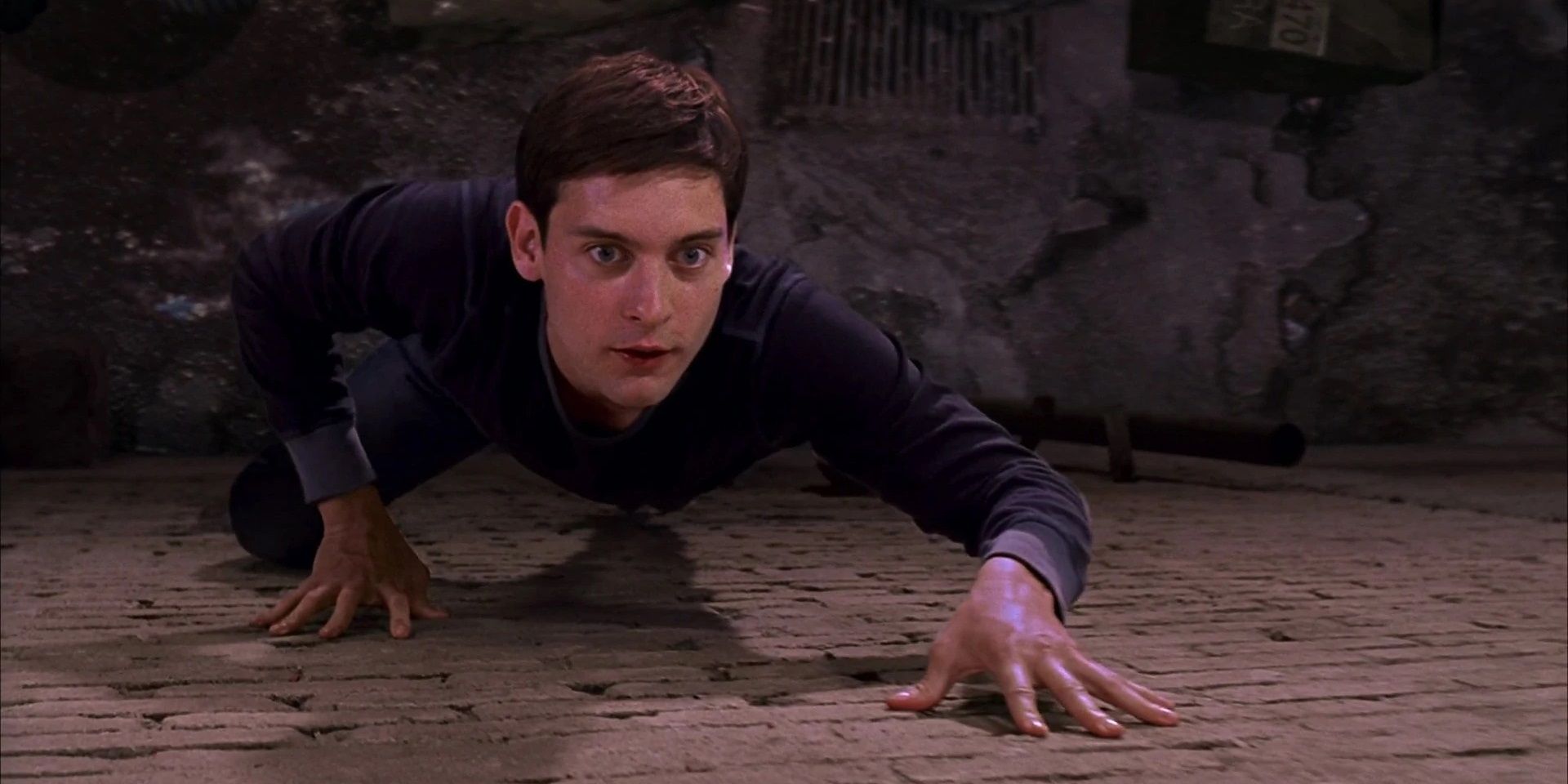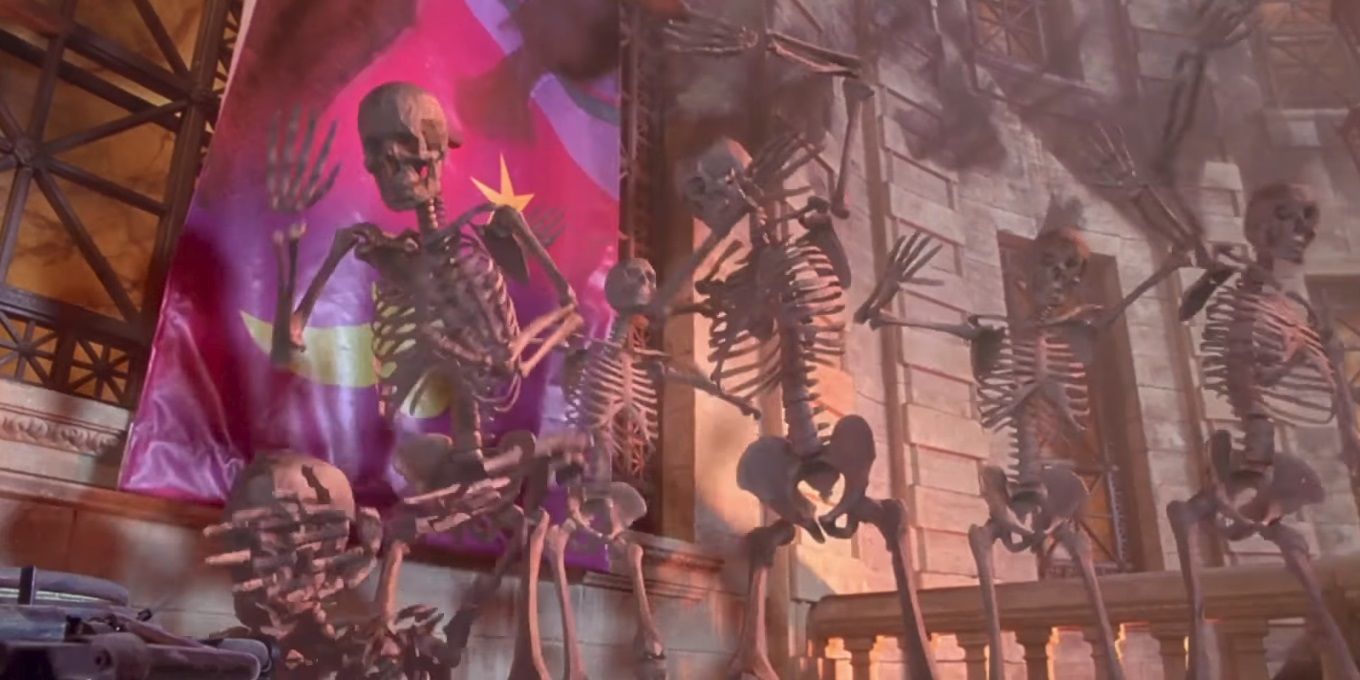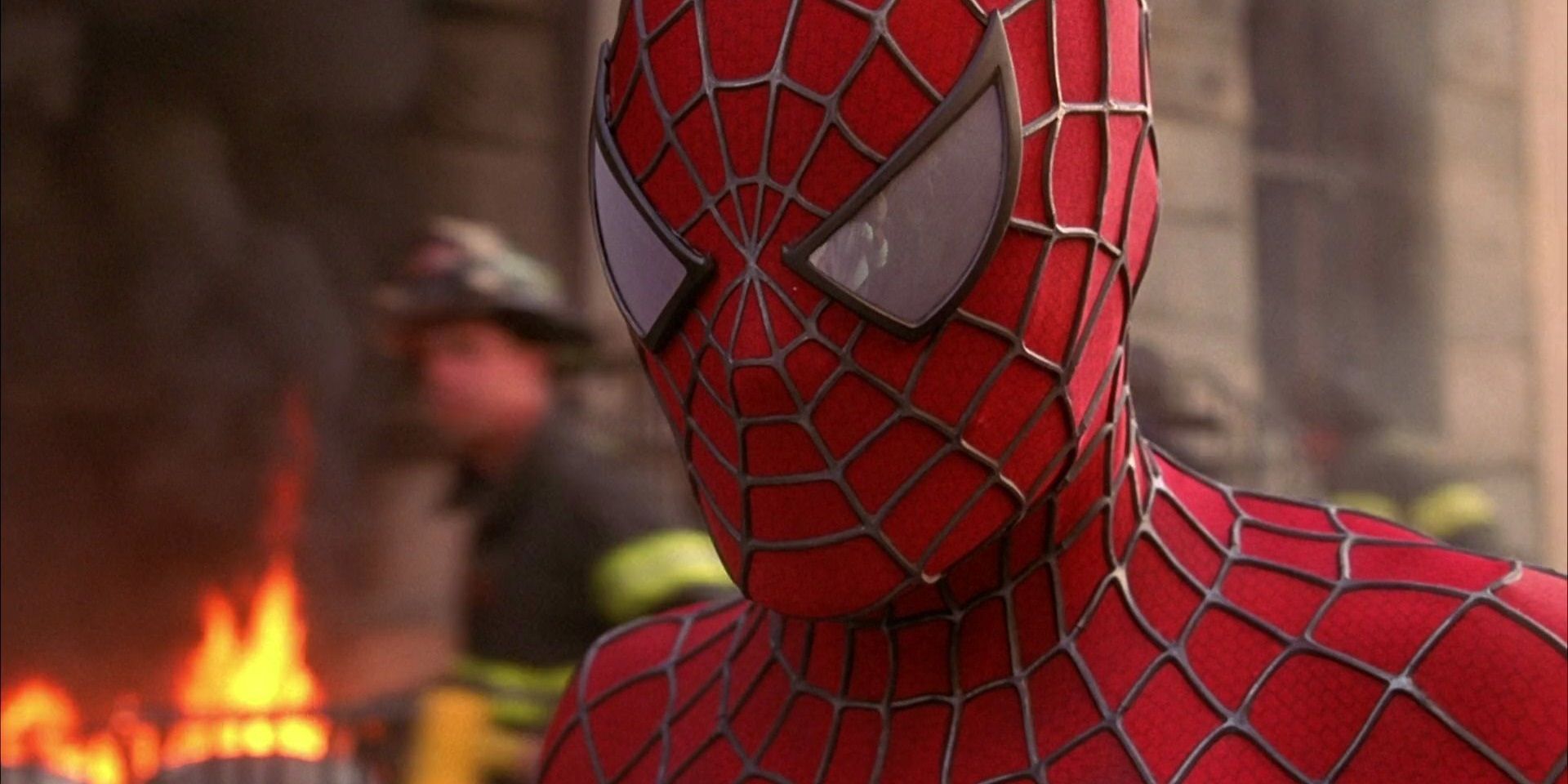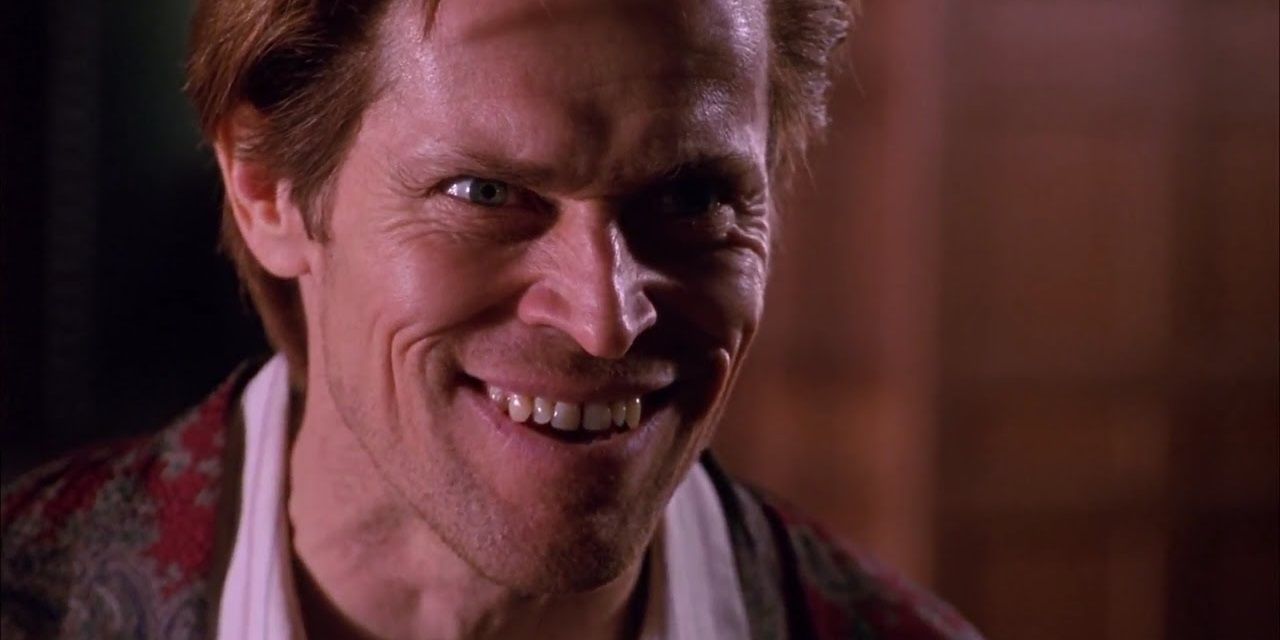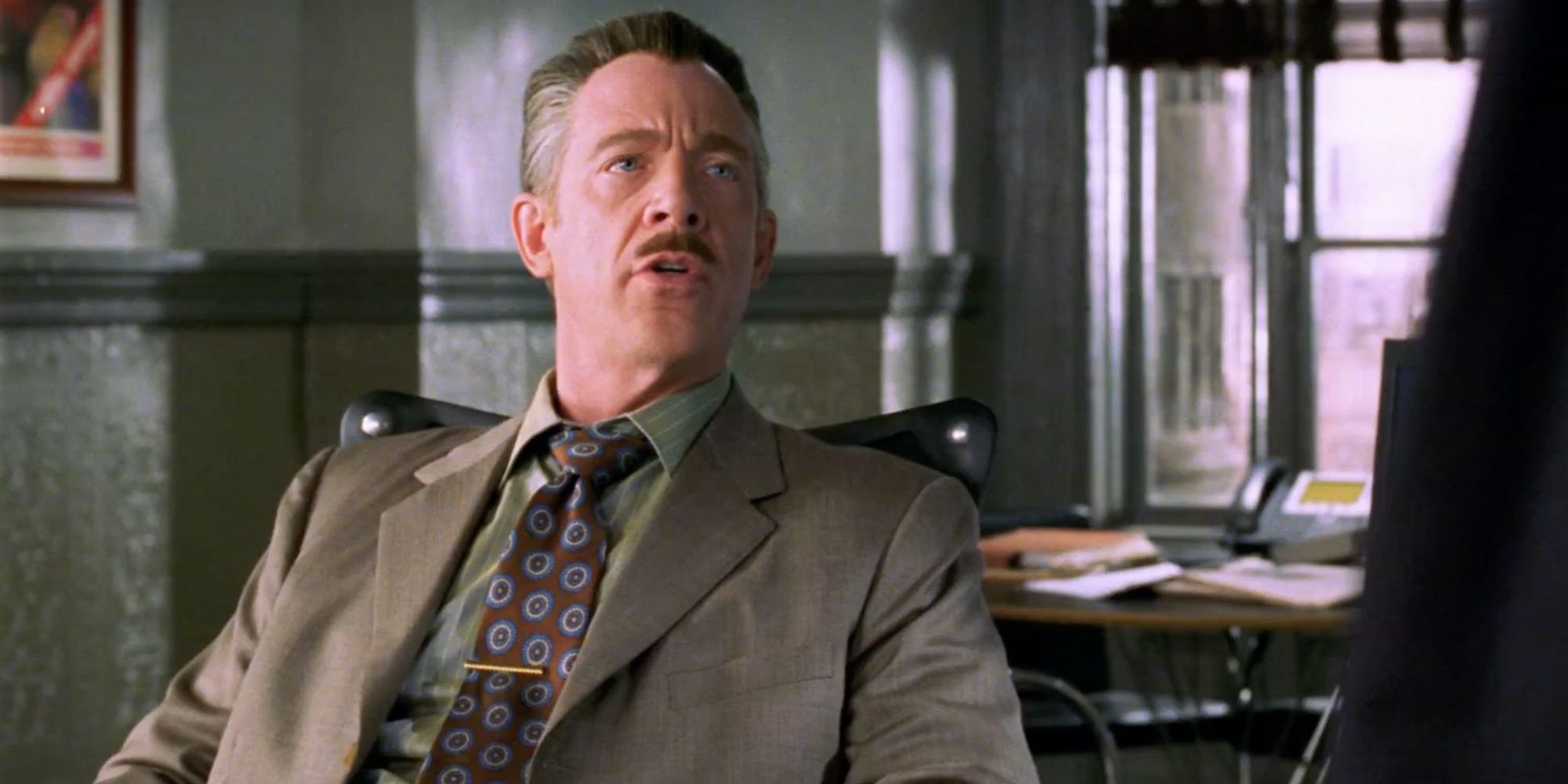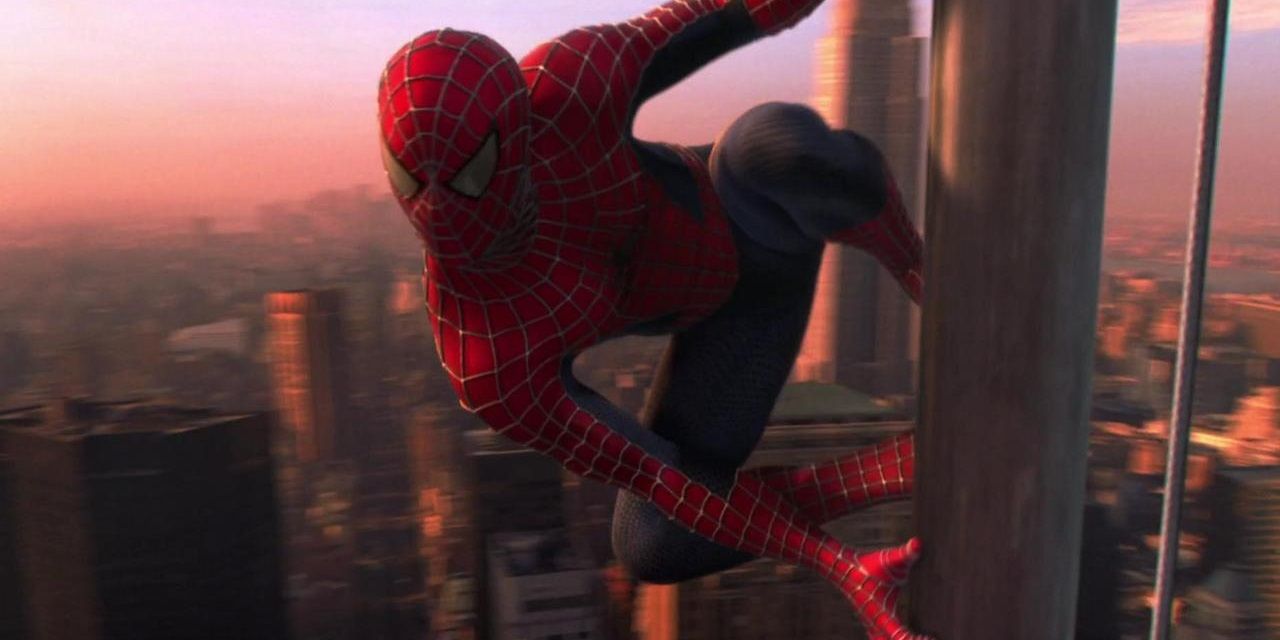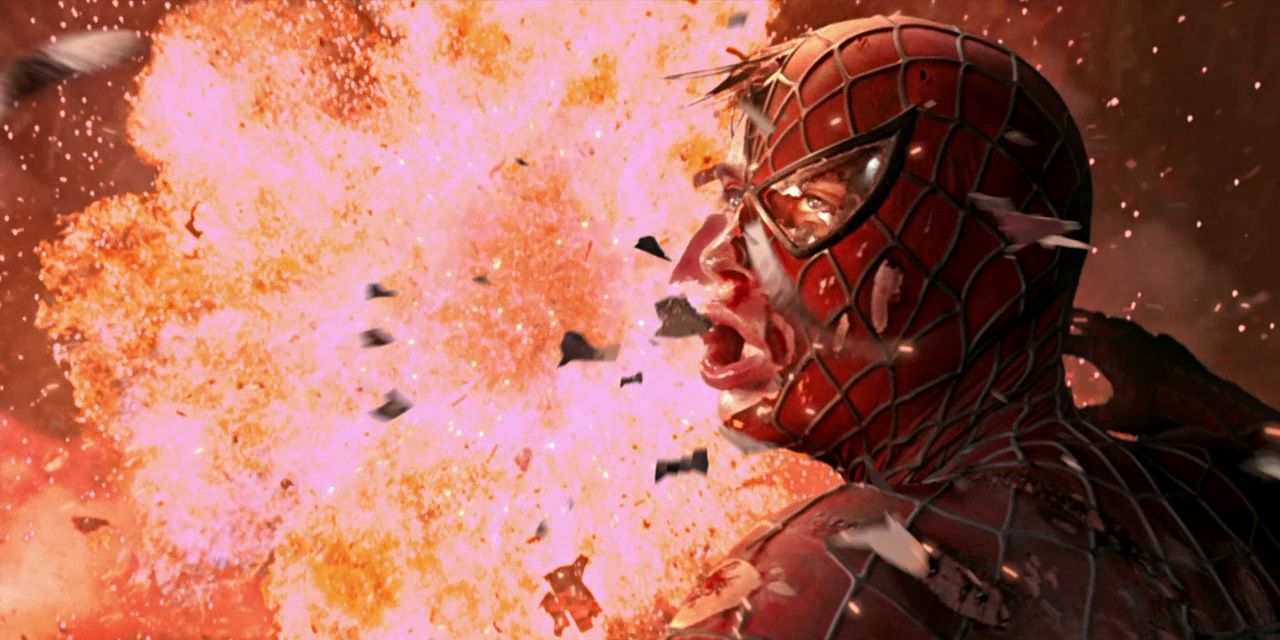Sam Raimi changed blockbuster cinema forever when he brought the story of Peter Parker to the big screen with 2002’s Spider-Man. Movies like Blade and X-Men had already established that comic book movies were commercially viable, but Spider-Man took the genre to another level with an $825 million worldwide box office haul and a definitive take on the superhero myth.
Tobey Maguire’s first outing in the role of Spidey succeeded in all the ways that matter, essentially paving the way for Marvel to dominate multiplexes throughout the 2010s, but like a lot of big-budget studio blockbusters, it’s an imperfect movie.
Right: Casting Tobey Maguire As Peter Parker
Since Tobey Maguire departed the role of Peter Parker, the role has been filled by both Andrew Garfield and Tom Holland. While Holland has come close, Maguire is still the quintessential big-screen incarnation of Spider-Man and Peter Parker.
He’s convincingly geeky, he’s easy to root for, he develops a tangible father-son dynamic with Cliff Robertson’s Uncle Ben, and his voiceover narration brings Spidey’s thought bubbles to the screen.
Wrong: The Green Goblin’s Weird Costume
Admittedly, transferring the Green Goblin’s look to a live-action movie is no easy feat. He has green skin, a giant grin, and a purple Scrooge hat and rides around on a glider.
But an entirely comics-accurate costume would’ve been better than the quasi-Power Rangers suit of armor they put him in. It just looks ridiculous.
Right: A Rewatchable Origin Story
Superhero origin movies tend to be the least rewatchable. The sequels can dive right into the action, but the origins follow familiar beats and take a while to get to the superhero action. But Sam Raimi’s Spider-Man is one of the rare origin stories that’s endlessly rewatchable. It wastes no time giving Peter his powers.
The true origin isn’t the origin of Peter’s superhuman abilities or his costume or his alter ego; it’s the origin of Peter living up to the great responsibility that comes with his great power.
Wrong: Horribly Dated CGI
It’s hard to blame a movie from the early 2000s for having bad CGI, but some of the effects in Spider-Man are inexcusably poor. This movie had a budget of over $100 million. Jurassic Park, released nine years earlier, had better CGI.
The most egregious example is when the Green Goblin attacks the World Unity Fair. When his pumpkin bombs reduce people to skeletons, it looks like a bad PS2 cutscene.
Right: Danny Elfman’s Score
While Danny Elfman’s theme from Spider-Man isn’t quite as hummable as his Batman theme, it’s a sharp musical extension of the character. It’s a close second to the theme from the old ‘60s cartoon series.
On top of that, his score as a whole is one of the most memorable in comic book movie history. Every track adds something to a scene, like his tense theme for the Green Goblin’s appearances.
Wrong: Willem Dafoe’s Cartoonish Performance
Playing a comic book supervillain doesn’t necessarily require the same degree of nuance and humanity that Daniel Day-Lewis brought to There Will Be Blood or Meryl Streep brought to Sophie’s Choice, but there’s a limit to the absurdity.
Although movies like Platoon, The Florida Project, and The Lighthouse have more than proven Willem Dafoe’s abilities as a dramatic actor, his performance as Norman Osborn in Spider-Man is distractingly cartoonish.
Right: J. K. Simmons’ J. Jonah Jameson
Long before he would be praised as one of the greatest actors in the world and bombarded with prestigious awards for his intense turn as a drum teacher in Damien Chazelle’s Whiplash, J.K. Simmons made a hilarious icon out of Daily Bugle editor J. Jonah Jameson in Spider-Man.
In addition to his seemingly humanly impossible motormouth firing off hysterical dialogue, Simmons made Jameson oddly sympathetic when he’s attacked by the Green Goblin and protects Peter’s identity.
Wrong: Making Mary Jane A Glorified Damsel In Distress
This is a problem that would continue to permeate throughout Sam Raimi’s Spider-Man trilogy. Kirsten Dunst is a terrific actor and initially made for a very likable love interest as Mary Jane Watson, the ultimate “girl next door.”
But Raimi didn’t really know what to do with her, so he made her a glorified damsel in distress in the best of times and a two-timing love rat in the worst of times.
Right: Faithfulness To The Character
These days, most directors who take on a superhero movie provide their own take on the character. This is encouraged – and the Spider-Man in Raimi’s trilogy is distinctly his own – but it can often lead to disingenuous adaptations of beloved stories.
Raimi was wholly faithful to the Spidey mythos. In an age when the current on-screen Peter Parker has been dubbed “Iron Lad” by some fans, it’s refreshing to go back and see Raimi’s faithful incarnation of the character.
Wrong: Insufficient Wisecracks
In the comics, Spider-Man won’t shut up. When he’s fighting a bad guy, he keeps the wisecracks coming. It reaches a point where the villain is more annoyed by the quips than the punches.
But in Raimi’s movie, Spidey barely utters a single wisecrack. Some critics praised this as more realistic, but diehard fans of the webslinger were disappointed.

